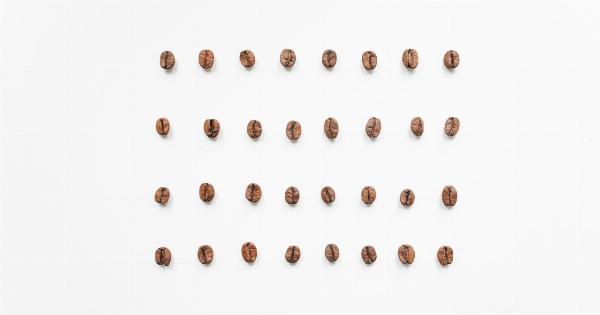Liver Polycystic Disease (LPD) is a rare genetic disorder that affects only a small number of people. However, for those who do have the condition, the physical and emotional effects can be overwhelming.
In simple terms, LPD causes fluid-filled cysts to form in and around the liver, eventually leading to liver failure if left untreated. What’s more, LPD is often asymptomatic in its early stages, meaning the damage can be done before any symptoms are even noticed.
That’s why it’s essential to understand this disease, its signs and symptoms, and what you can do to protect yourself if you’re at risk.
What is Liver Polycystic Disease?
As we mentioned, LPD is a genetic disorder in which fluid-filled cysts develop in and around the liver. These cysts can vary in size and number, and can be present from birth.
LPD can occur in isolation (known as autosomal dominant polycystic liver disease) or in combination with autosomal dominant polycystic kidney disease. When the two conditions occur together, it’s referred to as Autosomal Dominant Polycystic Kidney Disease (ADPKD).
What Causes LPD?
LPD is caused by a genetic mutation that codes for a protein called polycystin. This protein plays a role in regulating the growth, division, and overall function of cells in the liver and kidneys.
When the protein is mutated, the cells in those organs undergo abnormal growth and division, leading to the formation of cysts. The exact cause of the genetic mutation is unknown, but it’s thought to be inherited from one or both parents.
Who is at Risk for LPD?
As we’ve mentioned before, LPD is a rare condition, affecting only a few people. It’s also more common in women than men. The condition can occur at any age, but it’s most commonly diagnosed in people in their 40s or later.
If you have a family history of LPD or ADPKD, you could be at risk, and it’s worth talking to your doctor about screening for the condition.
Signs and Symptoms of LPD
The signs and symptoms of LPD are often silent in its early stages when cysts are small and not many. However, as the cysts grow in size and number, people may experience the following symptoms:.
- Pain and discomfort in the upper right side of the abdomen
- Feeling of fullness in the abdomen
- Nausea or vomiting
- Loss of appetite
- Jaundice (yellowing of the skin and eyes)
- Enlarged liver or spleen
- Shortness of breath
- Fatigue or weakness
If you experience any of these symptoms, it’s essential to talk to your doctor. They can diagnose LPD through blood tests, ultrasound, CT scan, or MRI scans. Early diagnosis and treatment are essential to avoid severe complications.
Treatment Options for LPD
Unfortunately, there is no cure for LPD. If you’re diagnosed with the condition, the goal is to manage the symptoms and complications associated with the disease. Treatment options may include:.
- Pain management medication
- Avoiding alcohol consumption as it stresses the liver
- Antibiotics treatment for infections
- Draining large cysts
- Liver transplant
If you’re diagnosed with LPD and need a liver transplant, it’s crucial to be referred to a transplant center. A liver transplant can be a life-changing treatment for LPD, but it comes with risks.
The procedure is complicated and requires follow-up care for a lifetime.
Prevention Measures for LPD
There are no specific steps you can take to prevent LPD, as it’s a genetic condition. However, if you have a family history of the condition, you may benefit from genetic counseling.
A genetic counselor can help you understand your risk better and offer guidance on how to manage the condition if you’re diagnosed. Taking good care of your liver is essential to prevent complications of any liver disease. This includes avoiding alcohol, eating a healthy diet, exercising regularly, and avoiding risky behaviors such as drug use.
Conclusion
Liver Polycystic Disease is a rare, genetic condition that can lead to liver failure when left untreated. The disease affects people of all ages, but it’s most commonly diagnosed in people in their 40s or later.
LPD is often asymptomatic when cysts are small in the early stage, so it’s important to talk to your doctor if you have a family history of the disease or experience any of the symptoms mentioned above. There is no cure for LPD, but early diagnosis and management of symptoms can help prevent complications and improve your quality of life.





























